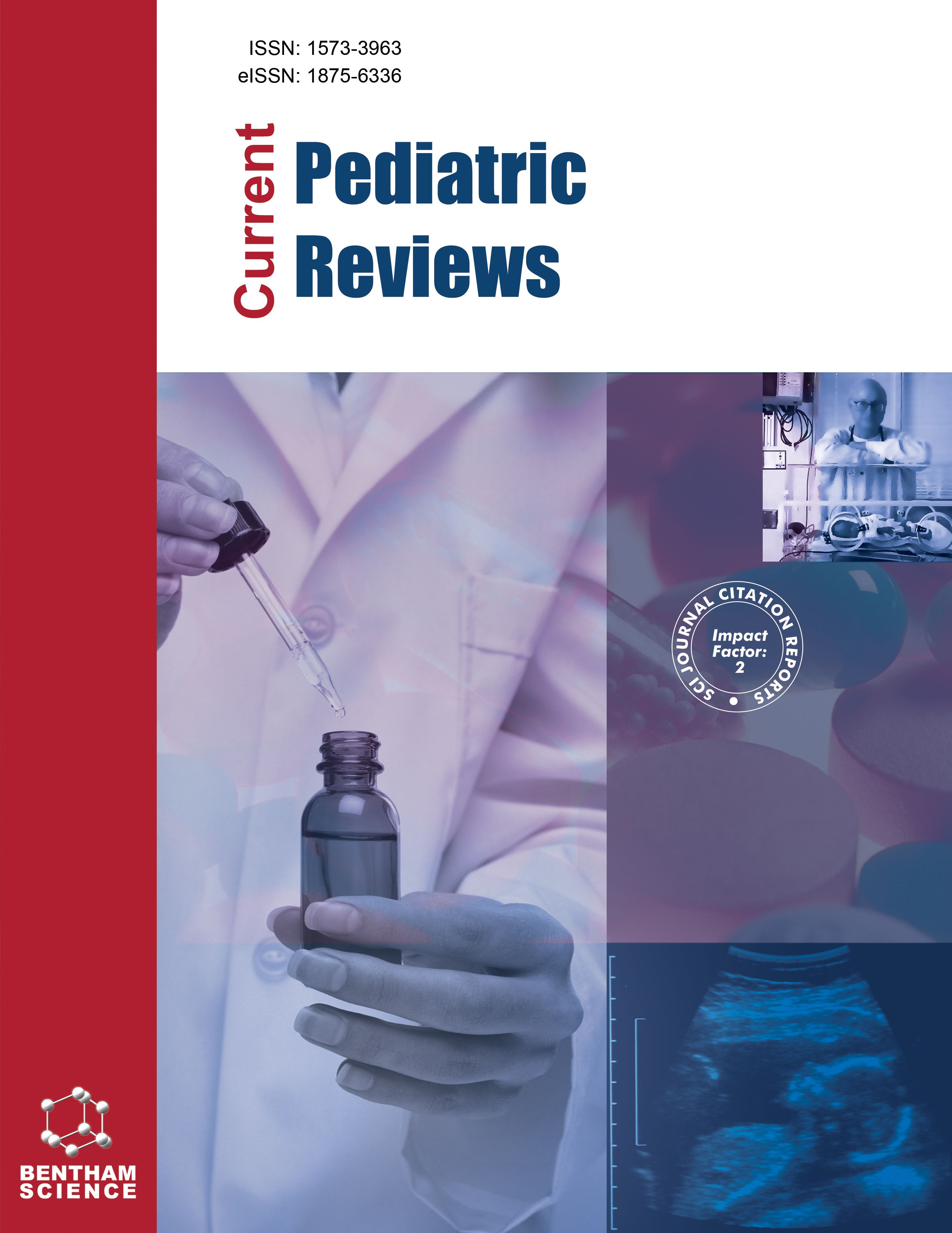
Full text loading...
We use cookies to track usage and preferences.I Understand

Hirschsprung disease (HSCR) is a multifactorial disorder due to the enteric nervous system (ENS) development failure. At least 35 genes have been responsible for HSCR, including EDNRB and EDN3. Here, we aimed to determine the EDRNB and EDN3 expressions effects in HSCR subjects.
Our study analyzed EDNRB and EDN3 expressions in the colon of HSCR subjects and controls by a quantitative PCR. The EDNRB and EDN3 expressions were analyzed by the Livak method (2-ΔΔCT).
Twenty-seven HSCR patients and 20 controls were ascertained. EDNRB and EDN3 expressions downregulated was found in ganglionic and aganglionic HSCR than control colons (EDNRB: ΔCT 6.78 ± 1.38 vs. 1.71 ± 2.79; p = 0.0001 (ganglionic); ΔCT 4.41 ± 1.63 vs. 1.71 ± 2.79; p = 0.0005 (aganglionic); and EDN3: ΔCT 7.60 ± 1.93 vs. 1.81 ± 2.89; p = 0.0001 (ganglionic); ΔCT 9.72 ± 4.32 vs. 1.81 ± 2.89; p = 0.0001 (aganglionic)). A significant difference in EDNRB and EDN3 expressions was also noted between the HSCR colon: ganglionic vs. aganglionic segment (p = 0.00002 and 0.017).
We report the downregulated EDNRB and EDN3 expressions in HSCR subjects, indicating EDNRB/EDN3 expressions have a significant responsibility in HSCR pathogenesis. Nevertheless, we further clarify the complexity of the development of ENS.

Article metrics loading...

Full text loading...
References


Data & Media loading...